A small bead of mass M slides on a smooth wire that is bent in a circle of radius R. It is released at the top of the circular part of the wire (point A in the figure) with a negligibly small velocity. Find the height H where the bead will reverse direction
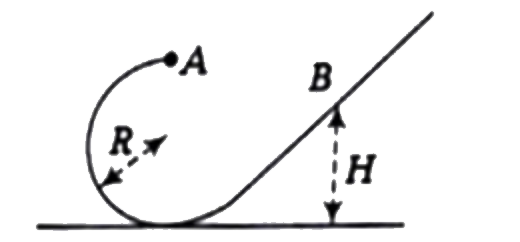
R
2 R
3R2
5R2
The correct Answer is:B
Step by step video, text & image solution for A small bead of mass M slides on a smooth wire that is bent in a circle of radius R. It is released at the top of the circular part of the wire (point A in the figure) with a negligibly small velocity. Find the height H where the bead will reverse direction by Physics experts to help you in doubts & scoring excellent marks in Class 12 exams.
Updated on:21/07/2023Topper's Solved these Questions
Similar Questions
A bead is free to slide down on a smooth wire rightly stretched between points AandB on a vertical circle of radius 10m. Find the time (in sec) taken by the bead to reach point B, if the bead slides from rest from the highest point A on the circle.
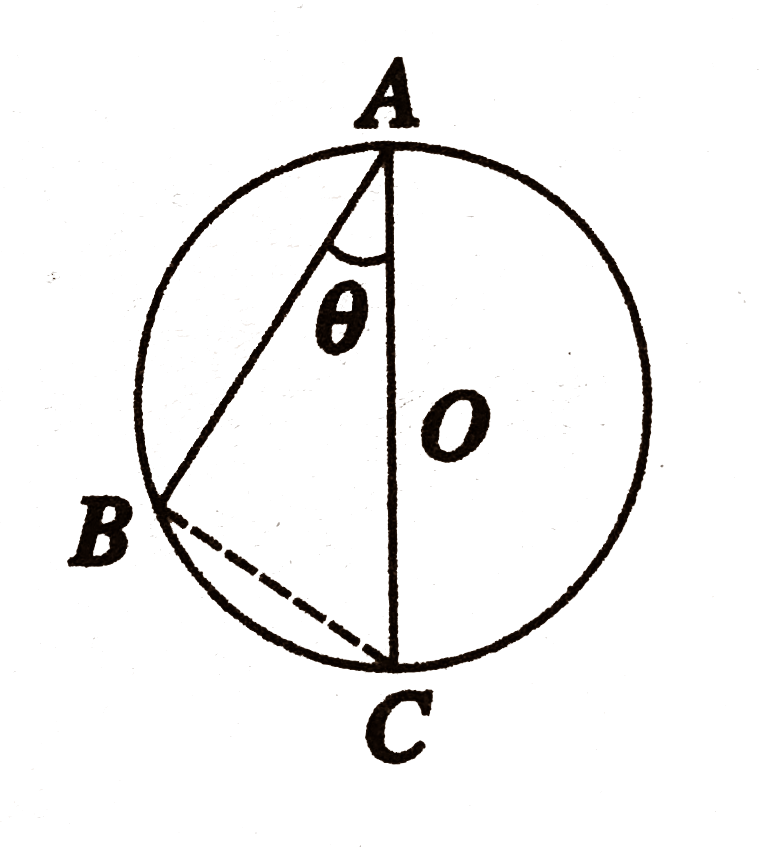 .
.
View SolutionA small body A starts sliding off the top of a smooth sphere of radius R. Find the angle θ (figure) corresponding to the point at which the body breaks off the sphere, as well as the break-off velocity of the body.

View Solution
Knowledge Check
If a small babyof mass m is moving with angular velocity ω in a circle of radius r, then its K.E. will be
Amωr2B(mω2r)Cmω2r22Dmωr22A bead is free to slide down a smooth wire tightly stretched between points A and on a verticle circle of radius R. if the bead starts from rest at 'A', the highest point on the circle, its velocity when it arrives at B is :-
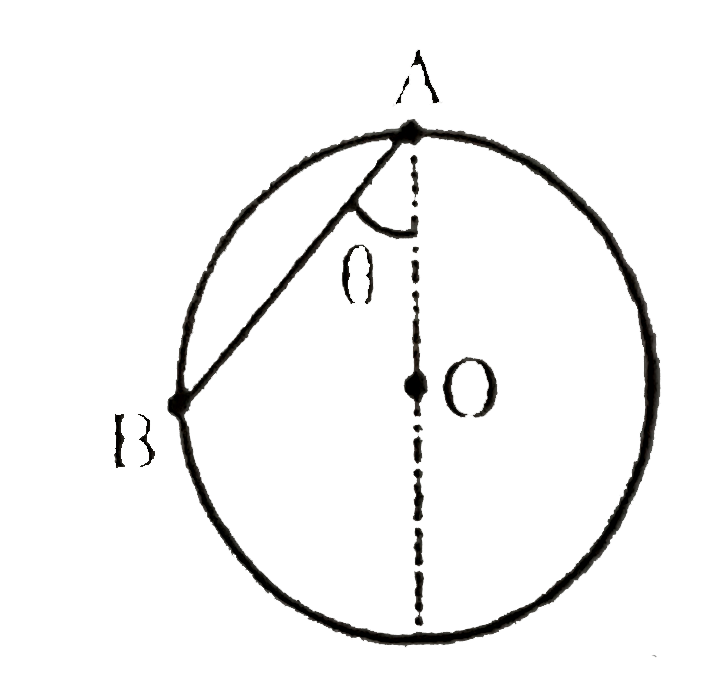 A2√gRB2√gRcosθC2√RgDNone of these
A2√gRB2√gRcosθC2√RgDNone of theseA bead is free to slide down a smooth wire tightly stretched between points A and B on a vertical circle. If the starts from rest at A, the heighest point on the circle
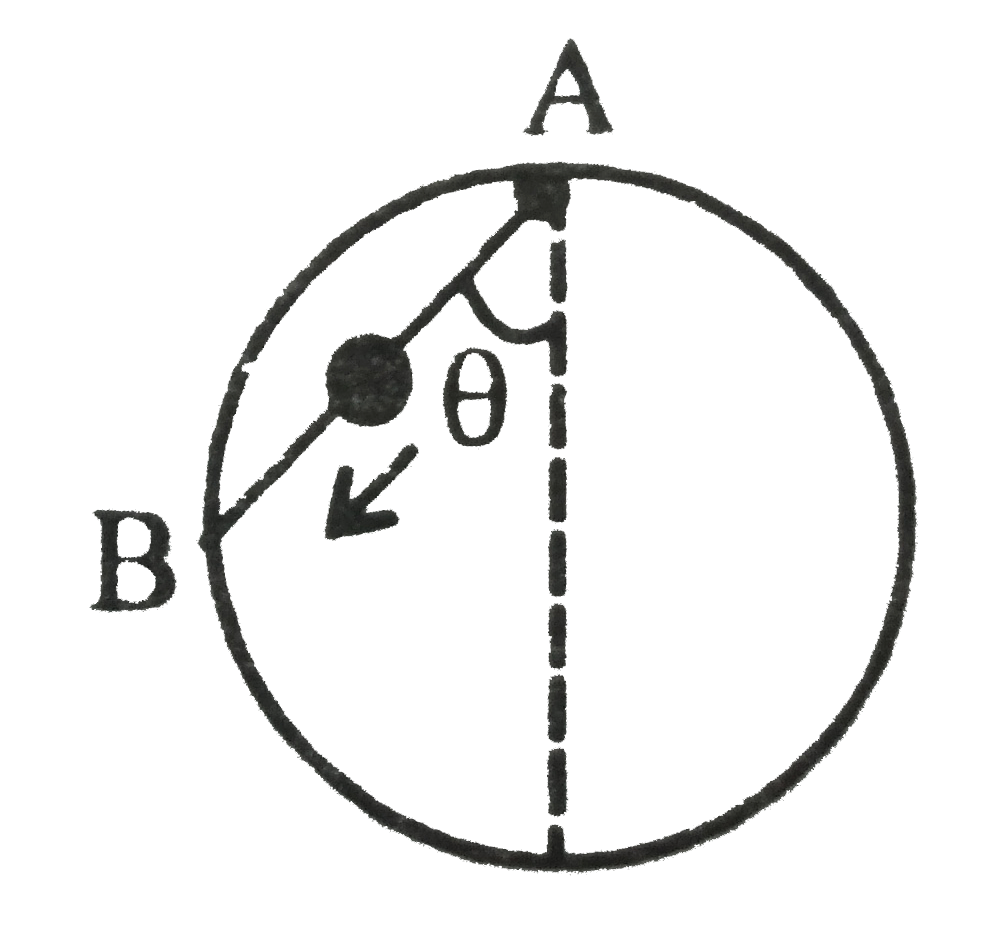 Aits velocity v on arriving at b is proportional to cosθBits velocity v on arriving at B is proportional to tanθCtime to arrive at B is proportional to cosθDtime to arrive at B is independent of θ
Aits velocity v on arriving at b is proportional to cosθBits velocity v on arriving at B is proportional to tanθCtime to arrive at B is proportional to cosθDtime to arrive at B is independent of θ
A smooth wire of length 2πr is bent into a circle and kept in a vertical plane. A bead can slide smoothly on the wire. When the circle is rotating with angular speed about the vertical diameter AB, as shown in the figure, the bead is at rest with respect to the circular ring at potion P as shown. Then the value of ω2 is equal to:

View SolutionA part of a long wire carrying a current i is bent into a circle of radius r as shown in figure. The net magnetic field at the centre O of the circular loop is
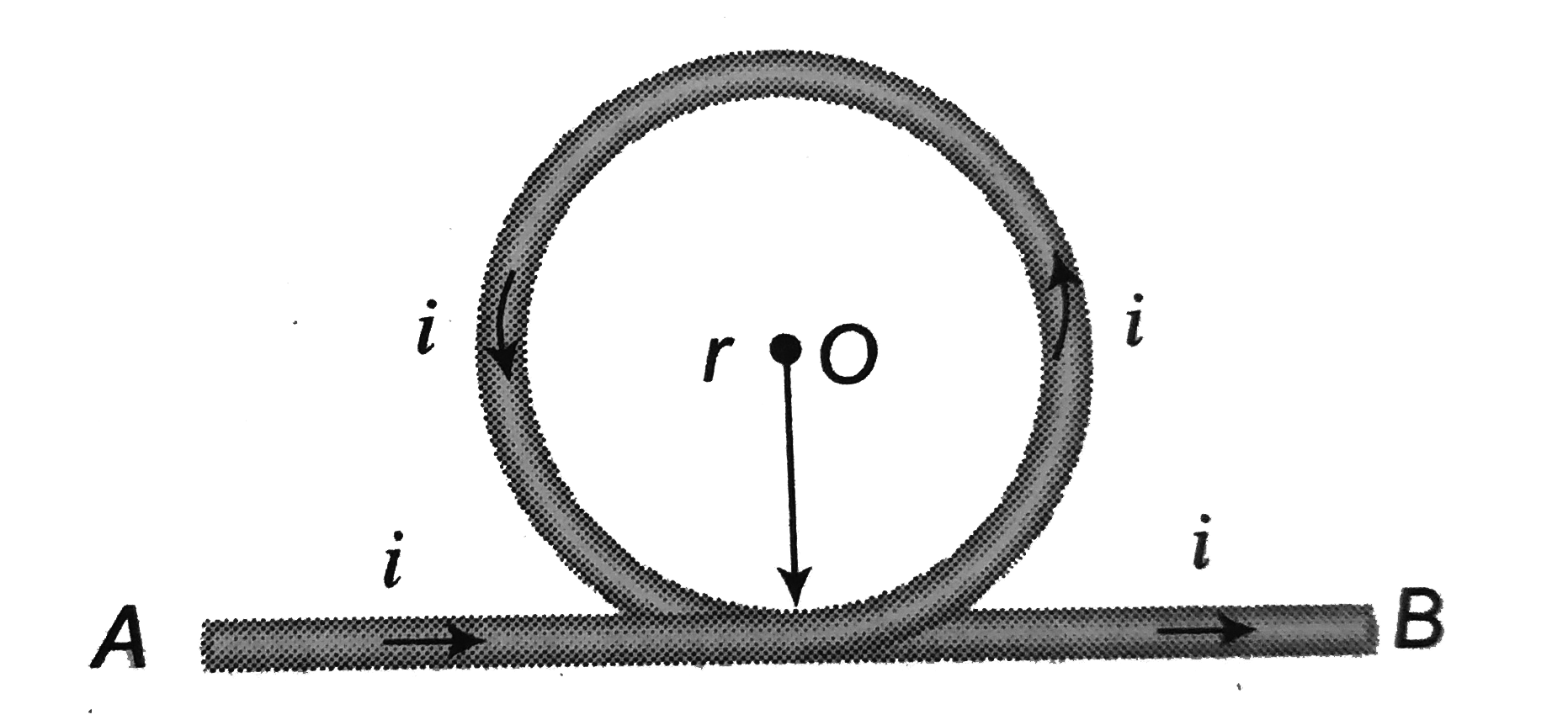
View SolutionA small spehre of mass m is connected by a stirng to a nail at O and moves in a circle of radius r on the smooth plane inclined at an angle θ with the horizontal. If the sphere has a velocity u at the top position A. Mark the correct options.

View SolutionTwo beads of mass 2m and m, connected by a rod of length l and of negligible mass are free to move in a smooth vertical circular wire frame of radius l as shown. Initially the system is held in horizontal position ( Refer figure )
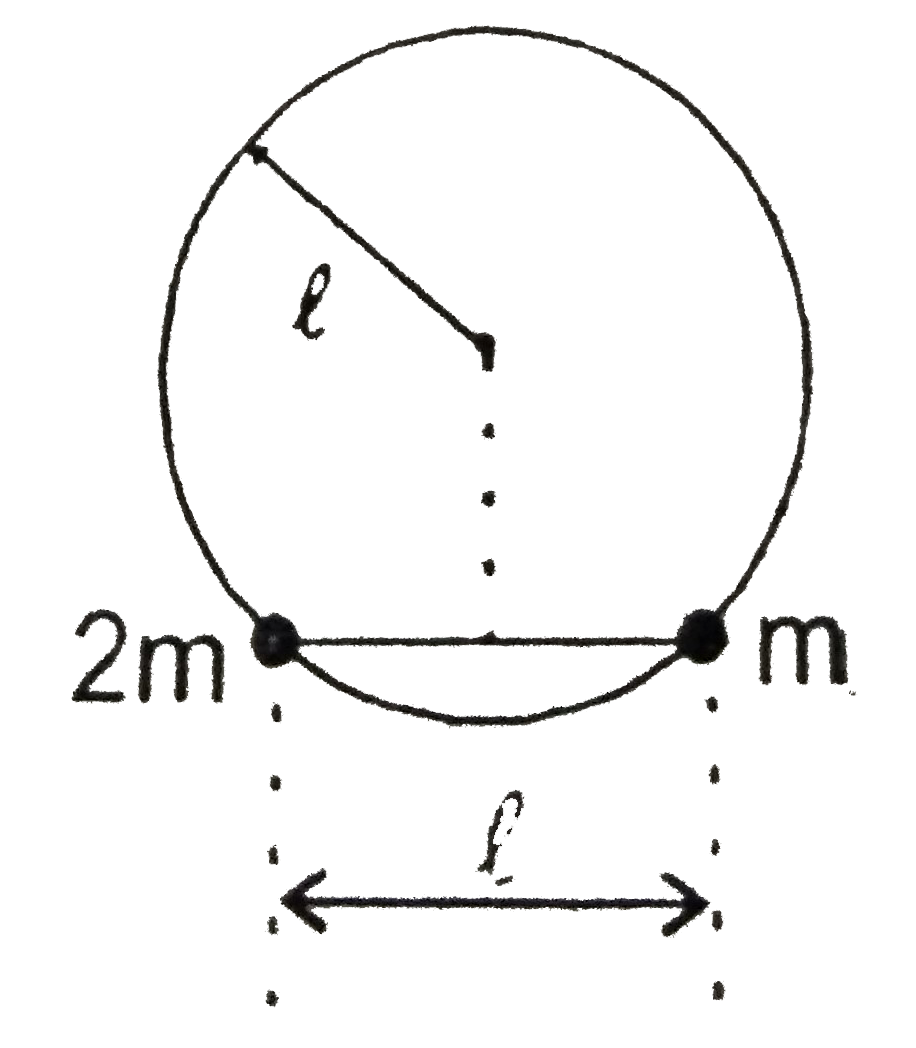
The minimum velocity that should be given to the mass 2m in clockwise direction to make it vertical is :
View SolutionA bead is sliding down a smooth wire tightly stretched between the points P1 and P2 on a vertical circle of radius R. If the bead starts from rest from P1, the highest point on the circle and P2 lies anywhere on the circumference of the circle. Then
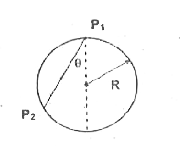
View Solution
